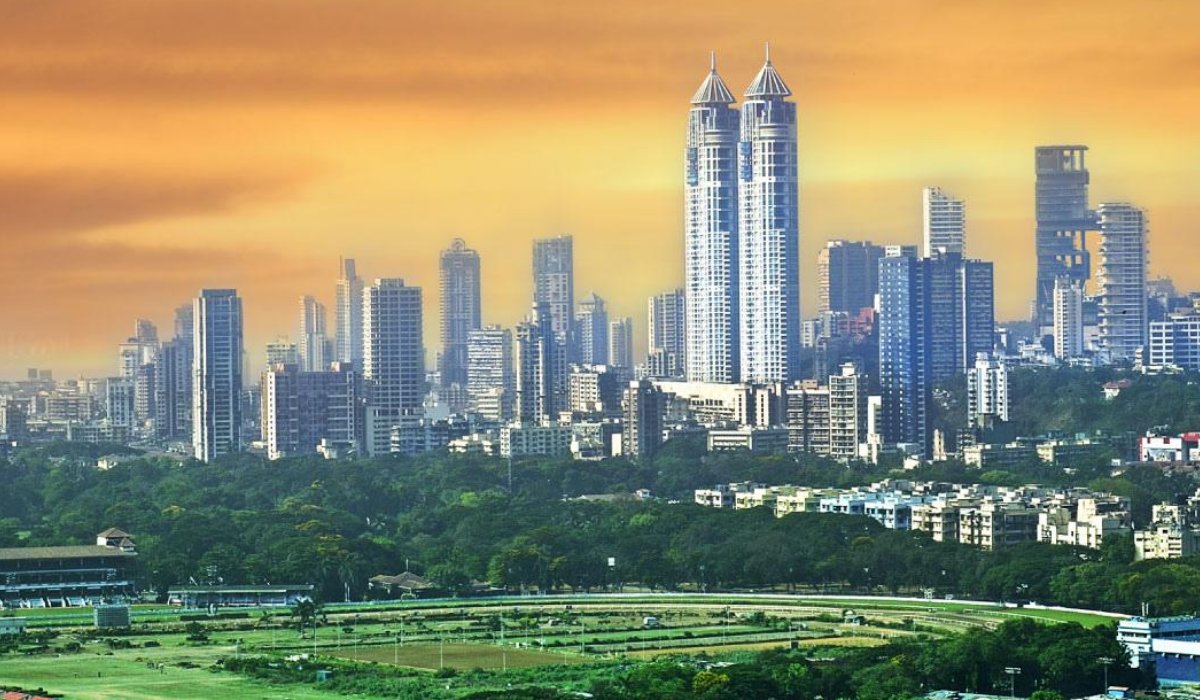India’s real estate is up on its feet and how. The property sector faced its most challenging situation, with subdued investment and muted consumption becoming the highlights of its performance last year.
But all’s not lost for the brick-and-mortar industry aiming to reach the value potential of $650 billion by 2025. With demand for affordable and mid-segment homes coming in slowly and steadily, the real estate sector that contributes 8% to the country’s GDP has found the green shoots of recovery.
However, India’s property sector has a massive task at hand. With a massive explosion of rural-urban migration, the country’s urbanization rate is projected to reach 55-60% in the next 10-15 years and a mammoth 75 million homes need to be built to house these urban dwellers.
India on the cusp of urbanization
Studies point out that India’s existing and upcoming urban centres will boast of the fastest growth rates in the world. By 2030, India will have 7 mega-cities of more than 10 million people. Among the 1.4 billion Indians, 31% lived in urban areas in 2011 and the numbers are expected to swell considerably.
Over 9 million people took the trip to near and far urban centres and megapolises between 2011 and 2016. This massive influx of people spilling into the urban centres for better growth opportunities may seem beneficial for the overall economic growth of the country in hindsight but is choking the urban infrastructure and posing a threat to ecology.
A dearth of low-cost, proper housing settlements in the urban cities have put local governments under pressure to cater to this burgeoning urban population while also maintaining liveability. The problem gets compounded when the low-income groups have no ownership rights over the settlements they live in, thus giving rise to slums and mindless densification.
A concerted push to realize urban goals
Although the government has embarked upon a variety of innovative housing programs and policies including the flagship Pradhan Mantri Awas Yojana (PMAY) for the urban poor, the coverage of these programs and schemes need to speed up with a concerted effort by the public and private sectors to realize this national goal. Private developers that haven’t shown much interest towards this vision due to lack of commercial viability need to be reined in through attractive tax benefits, construction subsidies and stamp duty waivers.
This will prevent mushrooming of unauthorized settlements in and around cities of India and bring both housing agencies in both public and private sectors to build cheap houses at a faster pace to absorb the urban demand.
The plan the real estate sector needs
India must come up with a neo urban housing plan that calls for a concerted vision of both the property market and the government. The government has to pull up its socks and mitigate this issue through better control, supervision and presidency.
Mutual accords between real estate developers and government
Urban affordable housing needs to be seen through a different kaleidoscope, where the subsidised cost of housing is being borne by the beneficiary through bank loan and interest rate subsidy. The government can bear the cost of the land, which is the most expensive component in this game and also the cost of basic amenities.
Attention must also be given to densification, where 50% of the total area has to be an open area for the community. The remaining area can be used for building floor spaces and half the cost can be shared with the developer.
The government must realize that high land price and unavailability of land are the speed bumps to achieve the goals of housing the urban poor and the reason why slums sprawl.
Agreements have to be inked with developers to allot 10% of the available land for inclusive and low-cost housing of a number that is fixed by the government. The developer can also give away the area to the government to develop affordable homes for sale or rental housing units for the poor; Or, he can take the onus himself and finish it under government supervision.
Innovation in construction and business models
Innovation in construction techniques can also speed up the housing initiative. Real estate developers apprehensive of entering this segment can find it commercially viable now with the proliferation of technology in housing construction; plus, they have the backing of the government.
Innovative business models where a part of the land can be used for commercial purposes by private developers if they allot affordable housing projects on the remaining land can bear fruit if implemented properly.
Zoning incentives and relaxation of planning norms can go a long way in accelerating the affordable housing mission. Through this initiative, the developer can construct a large number of dwelling units than the norm, while the government asks the developer to compensate for the economic impact the development creates and also take a share of the profit.
In a nutshell, to realize its urbanization goals in the next ten years, India has to whip up a housing plan that deepens inclusion and improves the affordability of poor households; also establishing a proper channel to access long-term housing finance for low-income borrowers and taking strong development incentives to increase employability and to foster a sense of security among households, can help the nation weather the age-old housing problem to a large extent.




